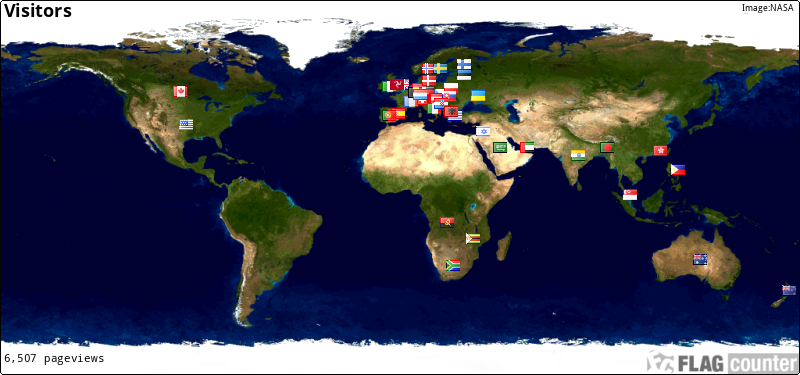
What is a fossil, and how does it form?
The modern use of the word 'fossil' refers to the physical evidence of former life from a period of time prior to recorded human history. This prehistoric evidence includes the fossilised remains of living organisms, impressions and moulds of their physical form, and marks/traces created in the sediment by their activities.
Fossils occur commonly around the world although just a small proportion of life makes it into the fossil record. Most living organisms simply decay without trace after death as natural processes recycle their soft tissues and even hard parts such as bone and shell. Thus, the abundance of fossils in the geological record reflects the frequency of favourable conditions where preservation is possible, the immense number of organisms that have lived, and the vast length of time over which the rocks have accumulated.


Example of fossils:

Crinoids
Crinoids inhabited shallow water and grew in dense clusters, sometimes called 'crinoid gardens' because of their resemblance to plants. Long stems were anchored to the sea bed, and held aloft a globose, cup-like structure with radiating arms. The whole animal is formed of many individual plates that usually become scattered when the creature dies. The stem plates are common fossils and the main constituent of crinoidal limestone.
Corals
Like modern-day coral reefs, the abundant remains of fossil corals in the Carboniferous limestone suggest the former existance of warm, clear, shallow and well-lit tropical seas. Corals have a variety of branching and encrusting shapes that provide homes for other creatures and act as a baffle to trap sediment. Different kinds of fossil corals occur at different levels in the limestone, allowing geologists to distinguish between older and younger beds.
Brachiopods
Brachiopods have become all but extinct in modern seas and oceans, but in the geological past they flourished at the shallow margins of oceans, especially in the Carboniferous. At first they appear little different from familiar modern-day sea shells, but they are in fact quite distinct, with different shell and soft part anatomy. Many brachiopods lived openly on the sea bed, but some such as Lingula, occurring near the base of the Carboniferous Limestone, inhabited burrows. Two important groups of brachiopods in the Carboniferous are strongly radially ribbed forms, called spiriferids, and large, less strongly ribbed forms with relatively plano-convex valves, called 'productids'.
An example of an animal fossil:
What is an ammonite?

Ammonites are perhaps the most widely known fossil, possessing the typically ribbed spiral-form shell as pictured above. These creatures lived in the seas between 240 - 65 million years ago (the period known as the Jurassic and Cretaceous). They became extinct at the end of the Cretaceous Period at roughly the same time as the dinosaurs disappeared. The name 'ammonite' (usually lower-case) originates from the Greek Ram-horned god called Ammon.
Ammonites were marine animals and had a coiled external shell similar to the modern pearly nautilus. The ammonite's shell was divided into chambers separated by strong walls known as septa. They probably lived in water up to 100 metres deep.
Ammonites belong to a group of predators known as cephalopods, which includes their living relatives the octopus, squid, cuttlefish and nautilus.
To log this cache.
To get to log this cache you will have to read the cache text and visit the coordinates given. After that you will have to answer the questions which are related to the text and the coordinates given.
When answers are collected, send them to CO for verification. I will accept answers sent via email or through the Message Centre.
You can log immediately after answers are sent the CO. If there are any questions about your answers CO will contact you.
Logs without answers to CO or with pending questions from CO will be deleted without any further notice.
Please do not include pictures in your log that may answer the questions.
Questions
1. Answer the questions under by visiting the coordinates.
A) Find the correct fossil creatures by following the hint added!.
Identify them and let me know what you found. You are looking for the “bigger” once! Answer like this :
# Creature up high: …………
# Creature down low: ………
B) Now that you have the answer for question A, how big is it in it's longest axis?
C) The fossil you have found, is it a MOLD or CAST form?
D) By studying the wall you should already have found two different fossils, can you see any other fossils. Explain what you see?
2. It’s voluntary to post a photo in your online log. Without revealing any answers!
Reward banner for your profile:

